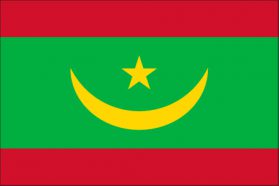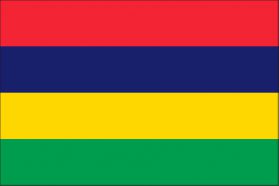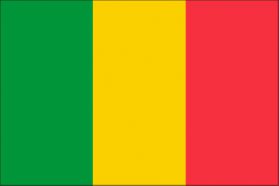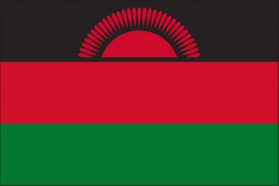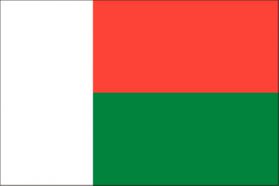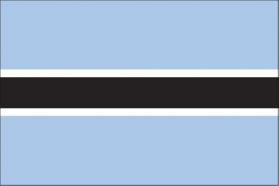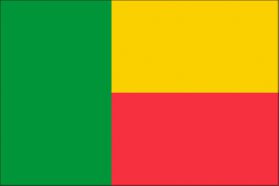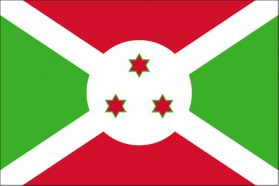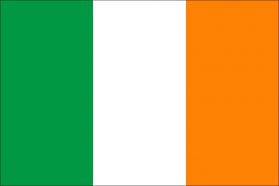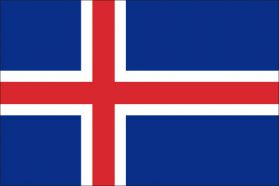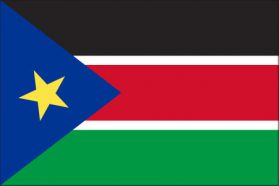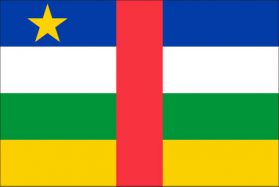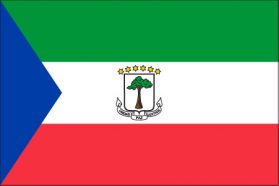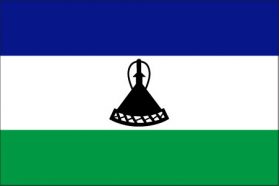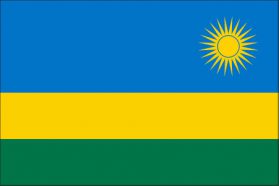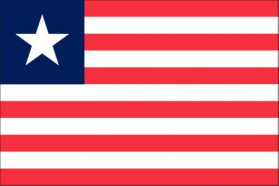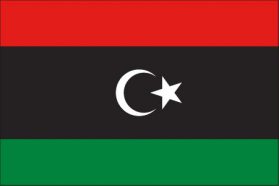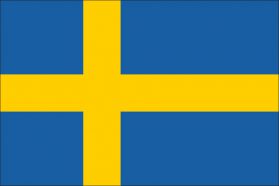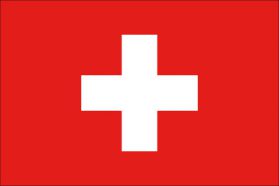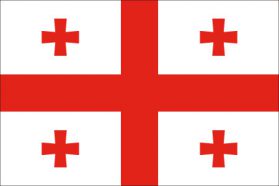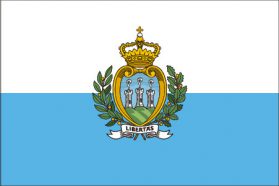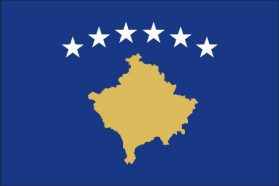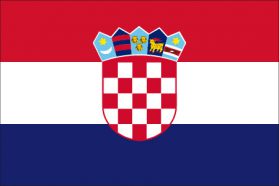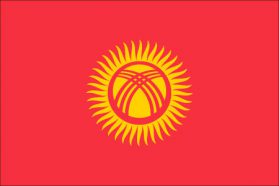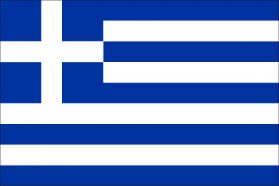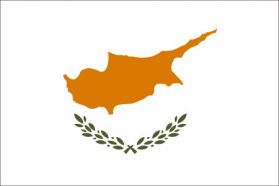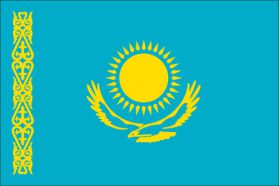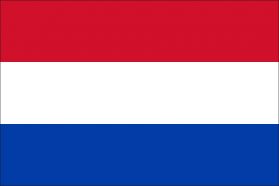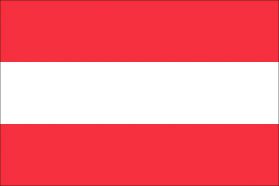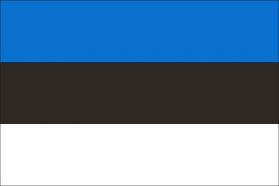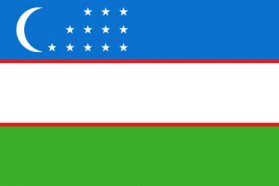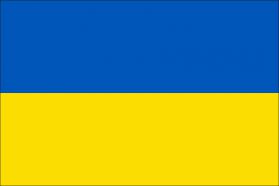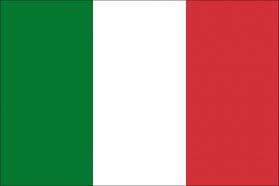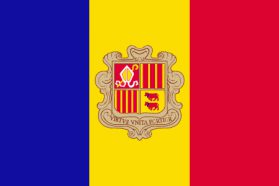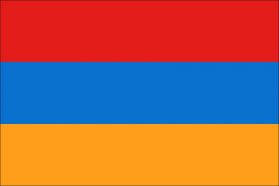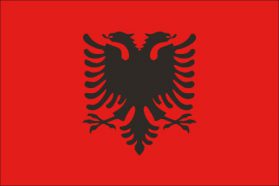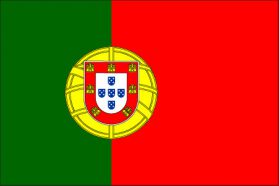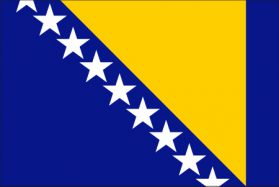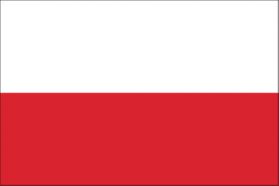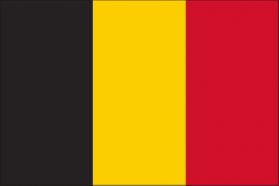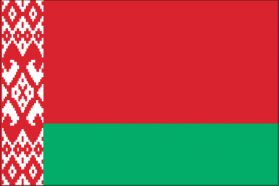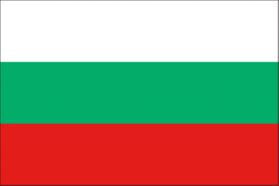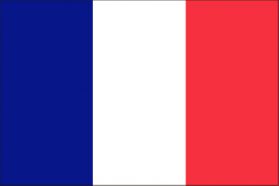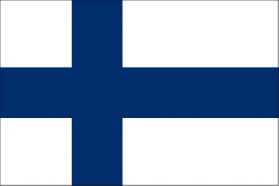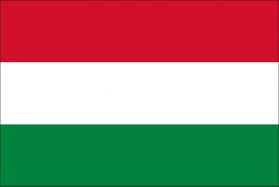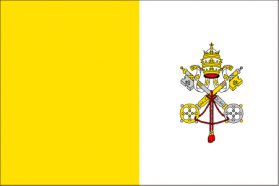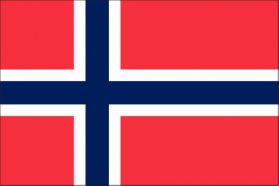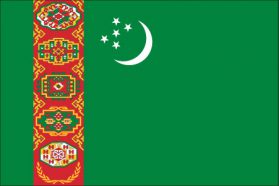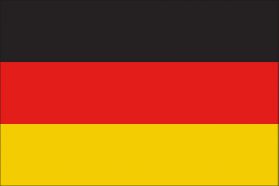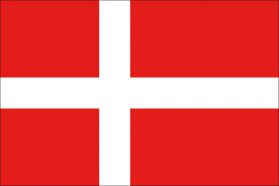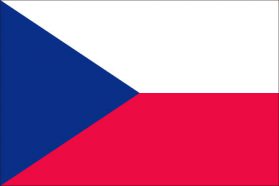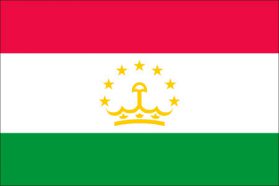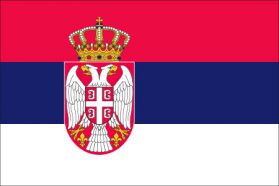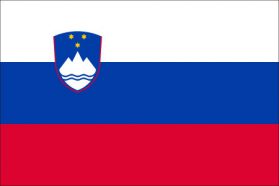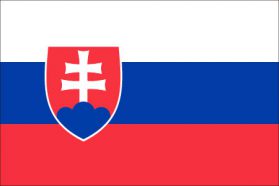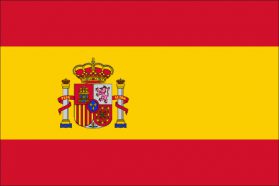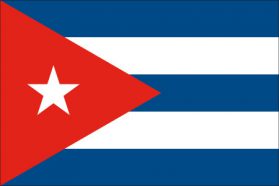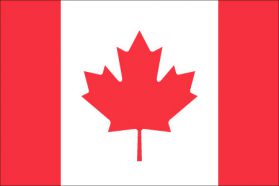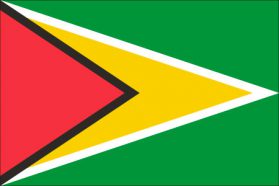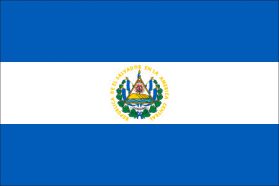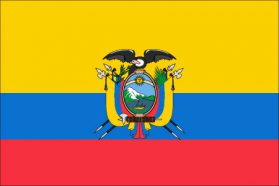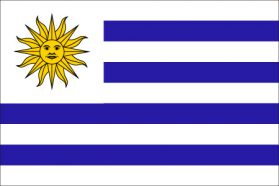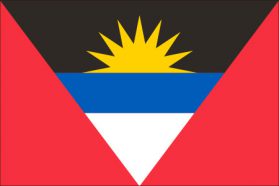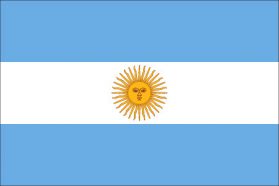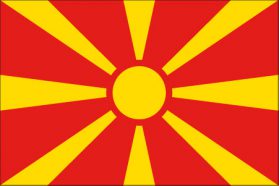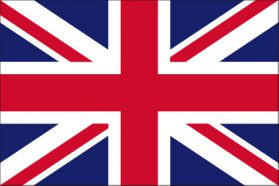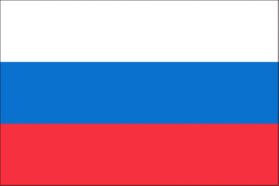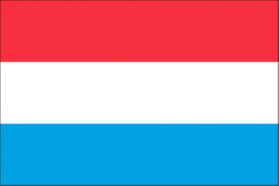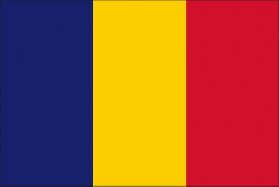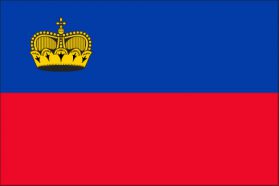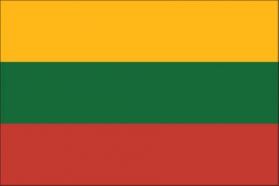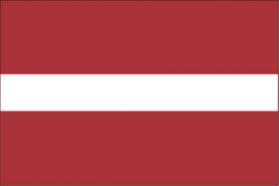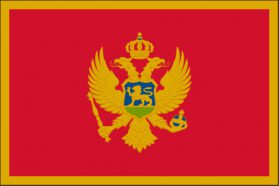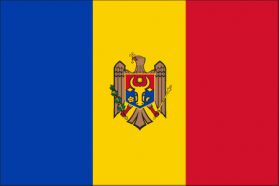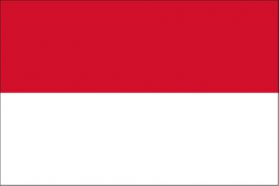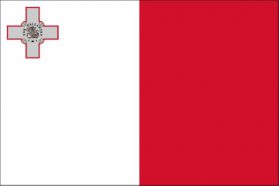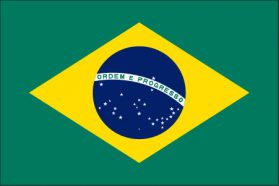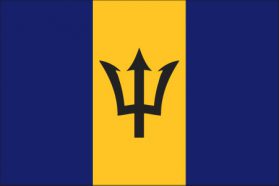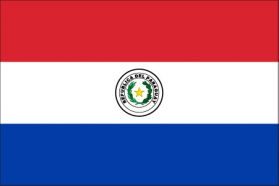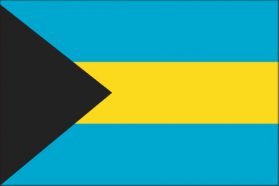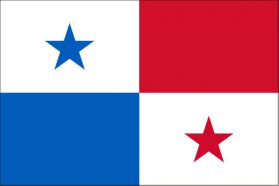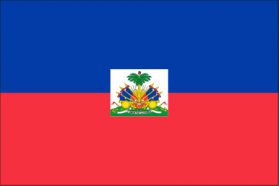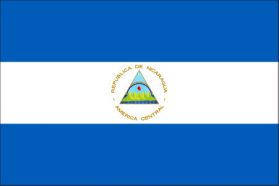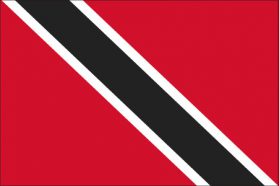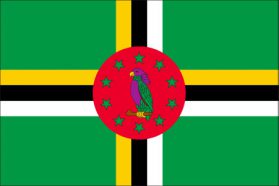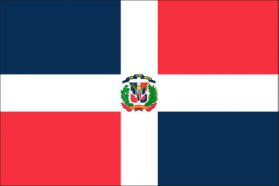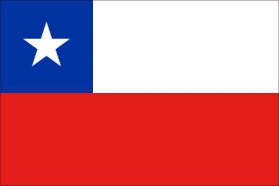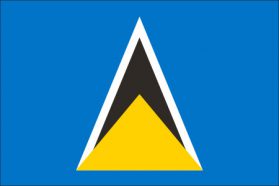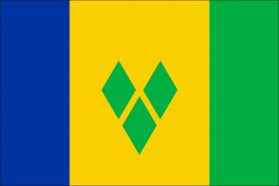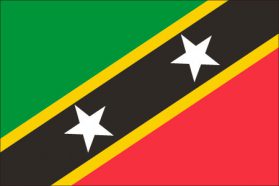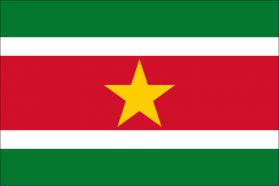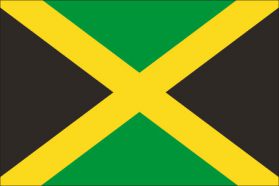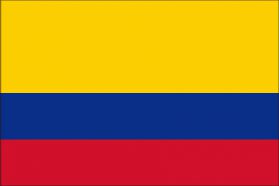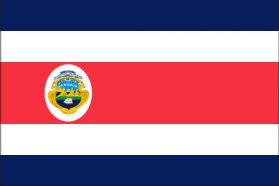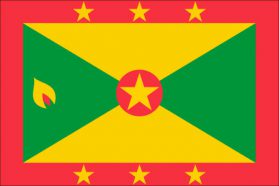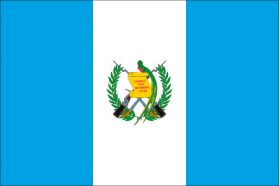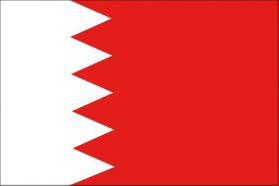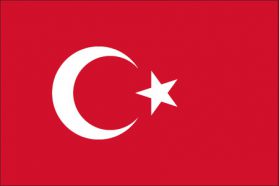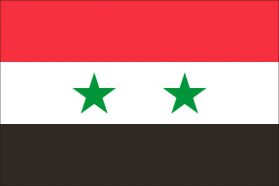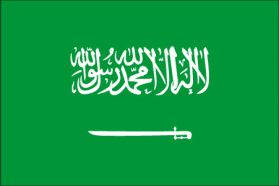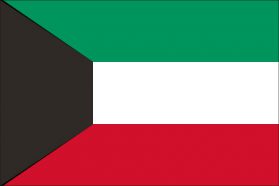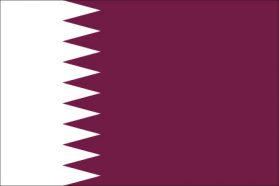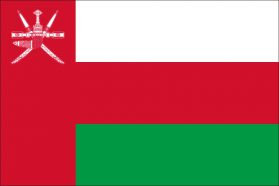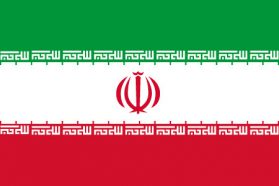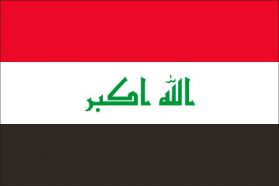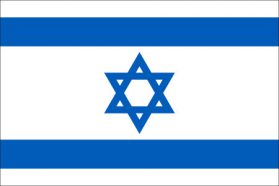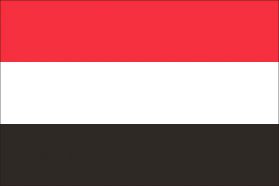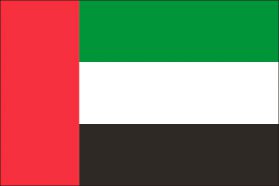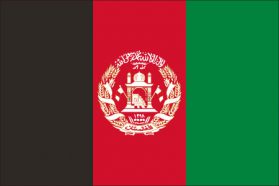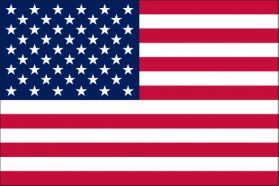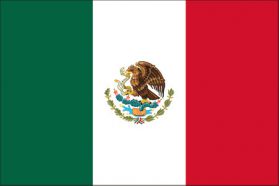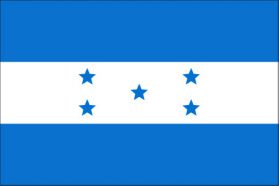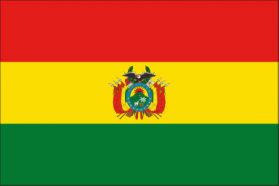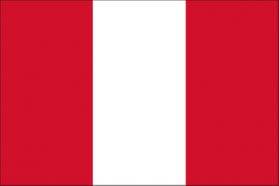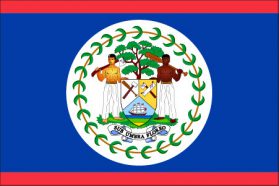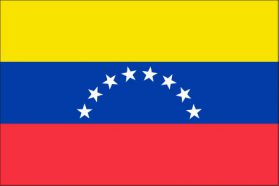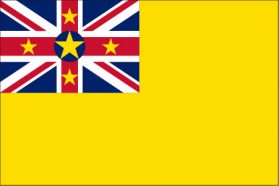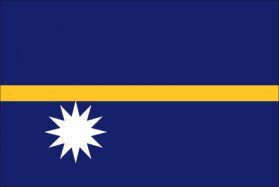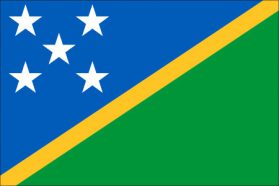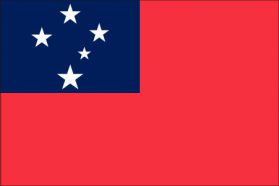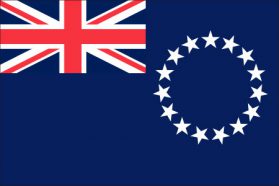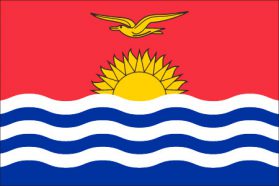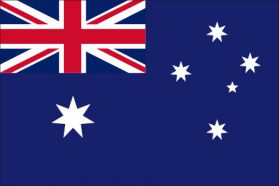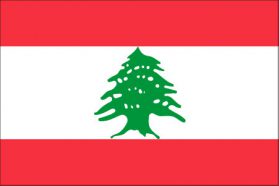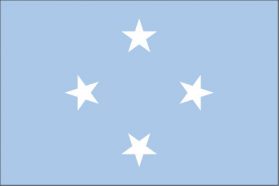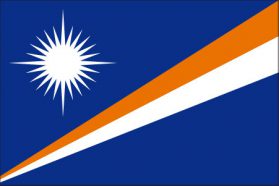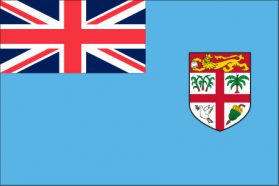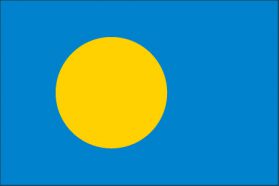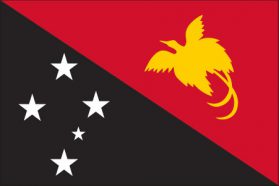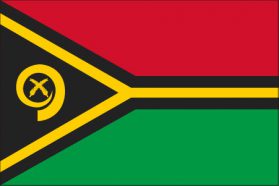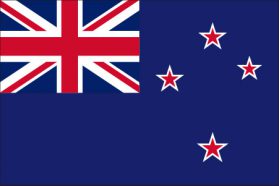角字とは? -遊び心満載の伝統的な和のグラフィックアート- What is Kakuji? -Traditional Japanese Graphic Art with Playful Spirit-
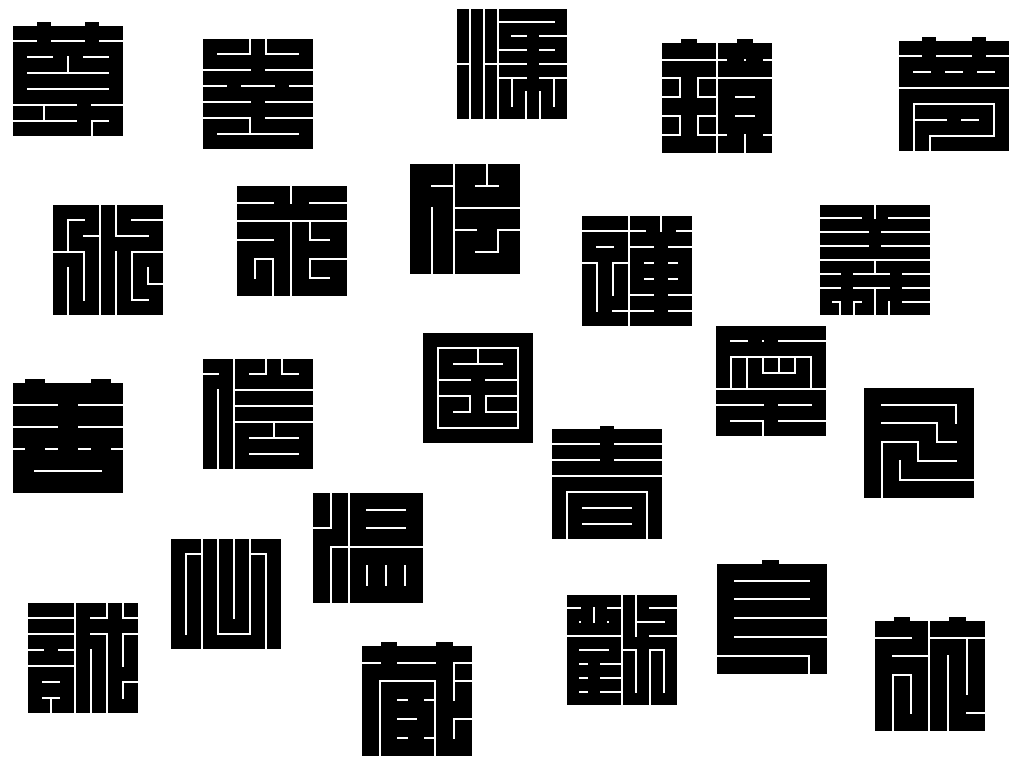
伝統的でモダンな「角字」
日本には、「角字」という書体があります。
日本人特有のセンスとして、限られた空間や小さなサイズ、特定の制限の中で、様々な表現を駆使しようとする表現方法が存在します。その美意識は、盆栽、生け花、根付け、果ては一皿に盛りつける料理に至るまで、芸術、工芸の分野で数々の素晴らしい作品を生み出してきました。
江戸時代に誕生した角字は、正方形のグリッド内にほぼ水平・垂直のラインのみで文字(漢字)が表現されるグラフィックアートです。
正方形という限られた空間の中に、あらゆる文字を閉じ込めようとするグラフィックデザインは、前述した、ミニマムな物に対する日本人特有のこだわりが随所に感じられます。
直線を多用したそのデザインは、一見質素で、ともすれば地味になりそうだと思われますが、職人たちが長年にわたり研鑽、洗練したおかげで、江戸時代の日本人が持っていた「粋」と呼ばれる美意識と遊び心が結晶した、美しいアート書体として、今日まで伝えられてきました。
そのシンプルで有りながら、奥深い「角字」は多くの日本人を魅了し、お祭りで着る半被や印半纏(しるしばんてん)と言われる着物や、商標、印鑑、家紋、看板デザインなどに今日まで数多く使用されてきました。
これらは、氏名や所属グループ、屋号など、身に着けている人の身分証明となる大事なものであり、それら重要な用途に使用されていた事実は、「角字」が大切にされてきた証であると考えられます。
私達もまた、「角字」の伝統的で有りながら、スタイリッシュで、古めかしさのないモダンな美しさ、奥深さに魅了された人間の一人一人です。

新たなる「角字」の創造
「角字」のデザインを現代のアート、デザインに生かしたい。その思いから私達は、既存の「角字」について調査しました。
その結果、「角字」として存在しない文字があることを知りました。前述の通り「角字」は、商標、印鑑、家紋、看板などに多く使われていましたが、逆にそれらで使われなかった文字は存在しないことになります。
そこで私達は、既存の「角字」を調査し、新たな文字を作り出すことにしました。
「角字」には指南書と呼ばれるデザインフォーマットの参考書が存在します。江戸時代の古い書籍ですが、システマティックで非常に優れた参考文献でした。
私達は、これらの優れた参考書を元に、「角字」の構成を分析し、「角字」をデザインするための手法の確立を目指しています。
「角字」は正方形の中に水平・垂直の直線だけで文字を構成する書体です。
これだけを聞くと、簡単に作れるのではないかと思われますが、実際にやってみて、色々な部首の組み合わせでできている複雑な漢字を直線のデザインに落とし込み、正方形の中に閉じ込めるには、色々な困難が生じました。
例えば、左右対称の漢字と非対称の漢字、中心線があるものとないものなどで、バランス良く配置できるグリッド数は異なります。
また、画数の少ない文字の場合、空いた隙間をどのように埋め込むか工夫を凝らす必要があります。
困難の末、「角字」が完成しても、美しいかどうかはまた別の問題で、結局作り直すはめになってしまったことも少なくはありません。
紆余曲折、試行錯誤を繰り返していく内に、漢字の部首毎にパターン化されたパーツをあらかじめ複数用意し、使い分けることによって「角字」を作成する手法を確立しました。
例えば、「くさかんむり」という部首を使った漢字の場合、あらかじめ用意されたグリッド数やデザインの異なる複数の「くさかんむり」から、漢字の画数に合った物を選択し、他の部首と合わせ、バランスや見栄えが悪かった場合は、別の「くさかんむり」と差し替えるというアセンブル作業を繰り返し、最適解を作成していくという技法です。
この作業によるメリットとしては、まず第一に、デザイン行程の省略化が望めるということです。
また、作業を続ける上で、パーツの改変や、新たなパーツを作る必要が生じ、それらのパーツを再登録、再利用することで、さらにデザインの幅が広がるというメリットもありました。
私達が作成した「角字」のギャラリーを公開していきますので、是非ご覧ください。
世界各国の国名の漢字表記を、角字でデザインしてみました。
使用されている漢字のコードも()内に併記してあります。
古代中国では、諸外国の国名を漢字で表記していました。中国から漢字を学び、文化に取り入れた日本でも、これを踏襲し、明治時代までは、各国の国名を漢字で表していました。現在でも、アメリカを米国、オーストラリアを豪州というように漢字表記の頭一文字で国名を表現する事があります。
各国の簡単なデータベースとしても利用してもらえるように、首都、人口、民族、宗教、国名コードなども記載しています。
有名なことわざや四字熟語の漢字を角字で表現してみました。熟語の意味も簡単に解説しています。
新元号が『令和』に決った記念に角字を作ってみました。
5×5マスに納めた物2つ
6×6マスに納めた物4つ
7×7マスに納めた物1つ
花や植物の名前を角字で表現してみました。該当する植物についても簡単に解説しています。
「角字」パーツのデータベース化
私達は、これらの作業で作成したパーツの、データベース化を進めています。
このデータベースに登録された、編や作りを組み合わせることにより、どなたでも、自分の好きな文字の角字をデザインするための指標や、テンプレートとしてお使い頂けるようになれば良いと思います。
将来的には、利用者の方がデザインした新たなパーツを、登録して頂くことで、表現の拡大と共有ができれば良いと考えております。

「角字」に興味を持たれた方へ
「角字」について興味を持たれた方、ギャラリーをご覧になって、自分でもデザインしてみたいと思われた方は、是非チャレンジしてみて下さい。
「角字」のデザインに高価なグラフィックソフトは必要ありません。配色も背景色と文字の色のみですし、ドットが打てたり、直線が引ければOS付属のアクセサリーお絵かきソフトでも事足ります。
「角字」は、商標、印鑑、家紋、看板などに使われてきましたが、用途を限定する必要も特にありません。貴方のアイデア一つで、イラストやグラフィックデザイン、グッズなど、様々な物に応用することが出来るかと思われます。
ご自身やご家族のお名前や、所属するチームのエンブレムとして、「角字」を使うのも良いかもしれません。
また、古来より、文字には魔術的な力が備わっていると信じられていたのは、ご存じかと思われます。
縁起の良い文字や図形を持ち物に刻み、幸福を願い、災難を払おうとする風習は洋の東西を問わず行われてきました。
「角字」の元となった漢字も、元は中国の文字であり、古来より神事や占い、護符などに使われてきました。
金運や良縁などの願い事に、魔除けや災難よけとして、幸運や吉祥を表す文字を「角字」として身に着けると、不思議なパワーが宿るかもしれません。
ご興味のある方は是非、「角字」にふれてみて下さい。

What is Kakuji? -Traditional Japanese Graphic Art with Playful Spirit-
There is a style of penmanship called “Kakuji” in Japan. Edo-born Kakuji is a graphicart that expresses letters (kanji) with almost horizontal and vertical lines only. The design which bases on many straight lines seems simple, or too plain even at its first glance; yet this beautiful artistic penmanship that encompasses the aesthetic of the Japanese in the Edo era, also known as “Iki”, and playfulness has long been inherited to this day, thanks to the masteries’ long years of efforts in training and refinement.
“Kakuji” – Traditional and yet Modern
There is a style of penmanship called “Kakuji” in Japan.
It is a form of expression unique to the Japanese aesthetic where it attempts to express
within certain restrictions such as limited space or size. This aesthetic native to Japan
has produced the arts and craft starting from bonsai, ikebana (flower arrangement), netsuke (Japanese ornament), to even how to prepare dishes.
Edo-born Kakuji is a graphic art that expresses letters (kanji) with almost horizontal and vertical lines only.
The graphic design which encapsulates any letter in a limited space like square tells the
Japanese aesthetic towards minimalism explained above.
The design which bases on many straight lines seems simple, or too plain even at its first glance; yet this beautiful artistic penmanship that encompasses the aesthetic of the Japanese in the Edo era, also known as “Iki”, and playfulness has long been inherited to this day, thanks to the masteries’ long years of efforts in training and refinement.
“Kakuji” with its simplicity and depth has attracted many Japanese people and used on happi which is worn at matsuri festivals and a type of kimono called shirubanten (livery coat), as well as for other designs such as trademark, hanko stamp, family crest and signboard.
These symbols identify the person’s name, affiliation or family line and its critical role implies that “Kakuji” has been considered as an important part of the culture.
We, too, are part of those who have been struck by its traditional and yet stylish, timeless modern beauty and depth of “Kakuji”.
Creation of New “Kakuji”
We studied the existing “Kakuji” in hopes to utilize the design of “Kakuji” for modern art
and designs.
As a result, we found out that there are letters that do not exist as “Kakuji”. As written
above, “Kakuji” has been used for trademark, hanko stamp, family crest and signboard
but letters that had not been used in such occasions do not exist.
We decided to do a research on already-existing “Kakuji” and create new letters.
“Kakuji” has its own guidebook for design formatting. It is an old literature from the Edo
era but it was very systematic and useful for our purposes.
We pursue to establish a method for designing “Kakuji” by analyzing the structure of “Kakuji” based on these useful books.
“Kakuji” is a form of penmanship that compose letters with only horizontal and vertical lines in a square.
You’d think that it sounds easy to create but it actually creates many difficulties to formulate kanji which is composed of various combinations of radical into straight lines in a square form.
For example, numbers of grid lines for perfect balance differ among symmetrical kanji, asymmetrical kanji and kanji with and without the center line.
Moreover, when a kanji has lesser number of strokes, you need to think about how to fill
in the gap.
There were many instances where I had to start over even when I’d managed to create
a “Kakuji” despite difficulties, because the appeal of the outcome is a different problem
to solve.
After turns and twists and trial and error, I have established a method to create “Kakuji” where patterned parts for each radical of kanji are stored and used.
For instance, when making a Kakuji for a kanji with a radical called “kusa kanmuri”, I
first choose the part fit for the number of strokes from multiple “kusa kanmuri” with different number of grids and design; then I move on to combine it with other radicals, and if it does not balance well or go well in terms of appearance, I replace it with a different “kusa kanmuri”. After repeating this process of assembling, I come up with the most optimal solution for the kanji.
One of the advantages in the method is the simplification of designing process.
Next advantage is the diversification of design deriving from modifying and creating
parts which leads to re-registering and re-using them.
Take a look at the gallery of our “Kakuji” creations.
Database of “Kakuji” Parts
We are now in the process of making database of Kakuji parts we have created so far.
We hope that by combining radicals and sets in our database, people will be able to use
them as an indicator and template for designing their Kakuji of choice.
We plan to have a system in the future where our users get to register parts that they created in our database so that it will expand and share forms of expression.
For Those Who Are Interesred in “Kakuji”
For those of you who are interested in “Kakuji”, please take a look at our gallery and try
making one for yourself if you’re into it.
You don’t need an expensive graphic art software for designing “Kakuji”. In terms of color
scheme, there are only background color and letter color, and you can design one by using
the default drawing software on your device as long as you can place a dot and draw straight lines.
Though “Kakuji” has been used for as trademark, hanko stamp, family crest and signboard, you don’t need to limit its purposes. With your own idea, you can turn it into
anything – into a illustration, graphic design or merchandise.
It might be a good idea to use “Kakuji” for your name, family’s name or even logo of your team.
Some of you might know that it was believed from the ancient times that letters have magical power.
The customary in which one engraves lucky letters and shapes on their belongings for
bringing happiness and expelling misfortune has long been practiced both in the East and the West.
The basis of “Kakuji”, kanji, originated from China and was used in Shinto rituals, fortune telling and talisman.
Maybe having letters that signify good luck and hapiness in “Kakuji” for economic fortune or good match, or amulet and expelling misfortune may bring you mysterious power.
Please give Kakuji” a try if you are interested.

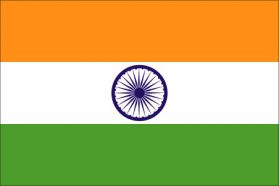
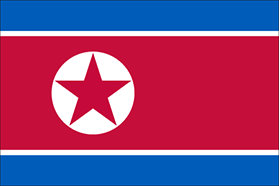
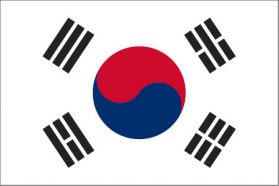
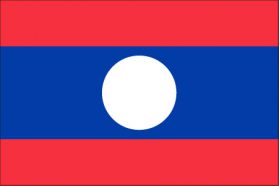
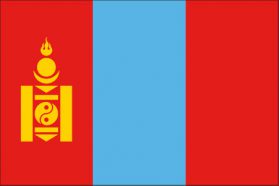


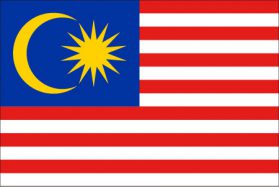
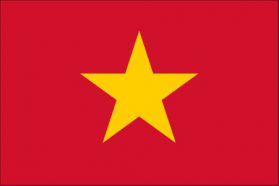
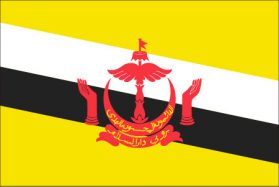
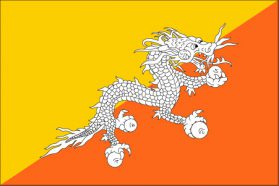
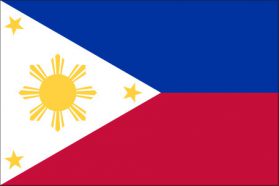
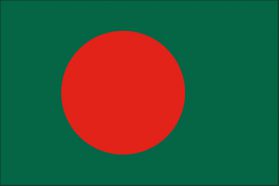

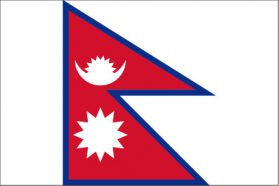
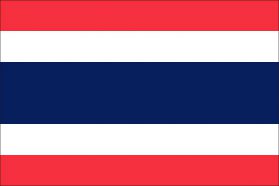
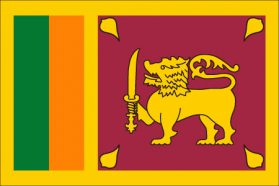
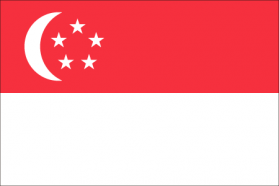
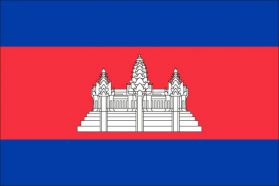
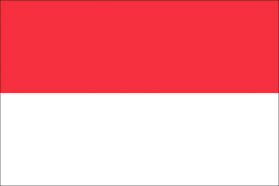
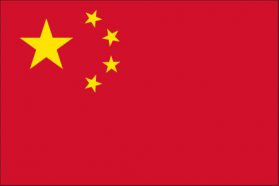
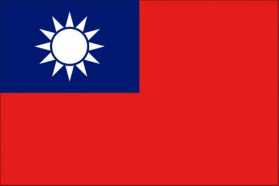
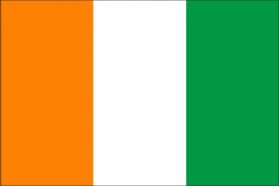
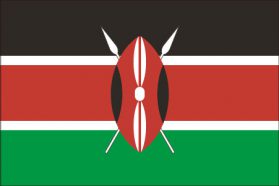
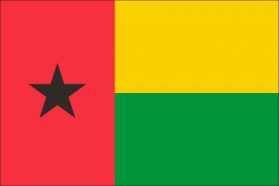
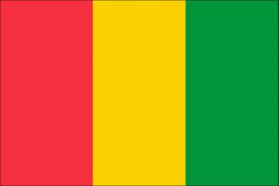
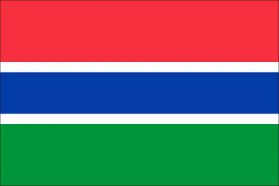
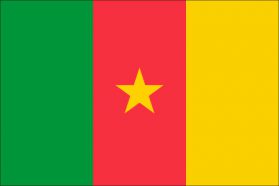
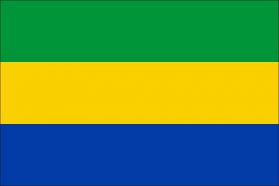
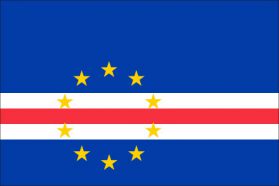
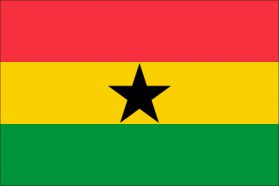

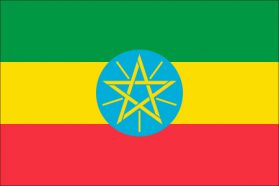
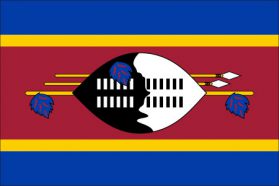
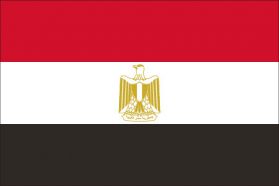
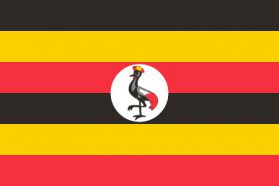

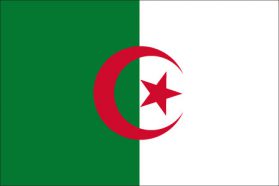
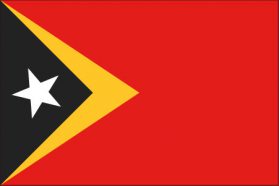
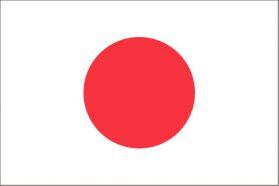
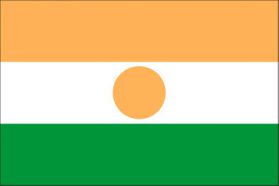
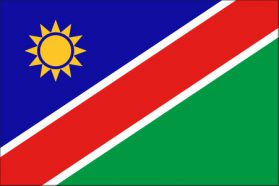
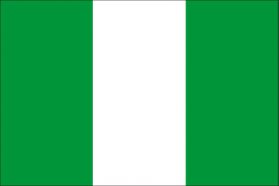
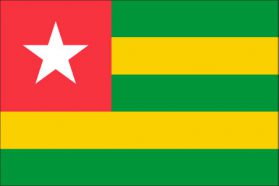
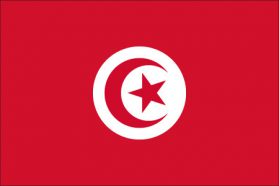
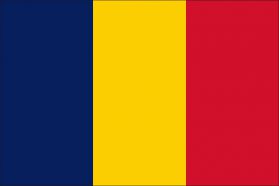

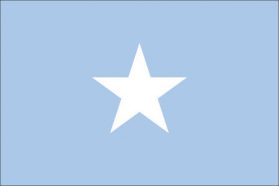
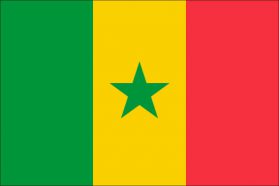
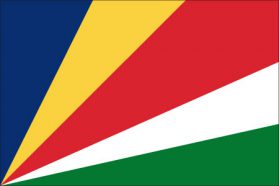



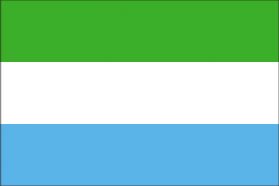
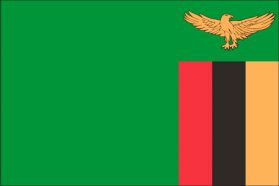
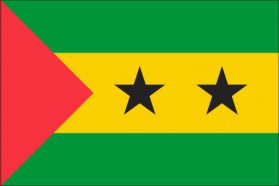
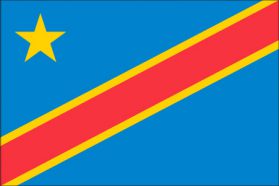
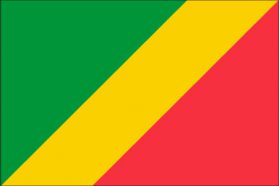
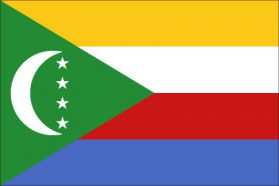
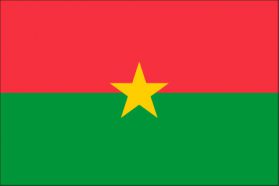
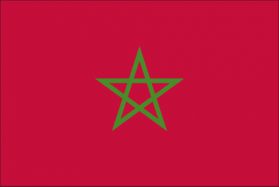
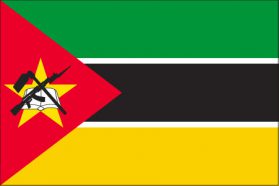 2文字コード:MZ 3文字コード:MOZ 数字:508 ITU:258 ccTLD:.mz
2文字コード:MZ 3文字コード:MOZ 数字:508 ITU:258 ccTLD:.mz